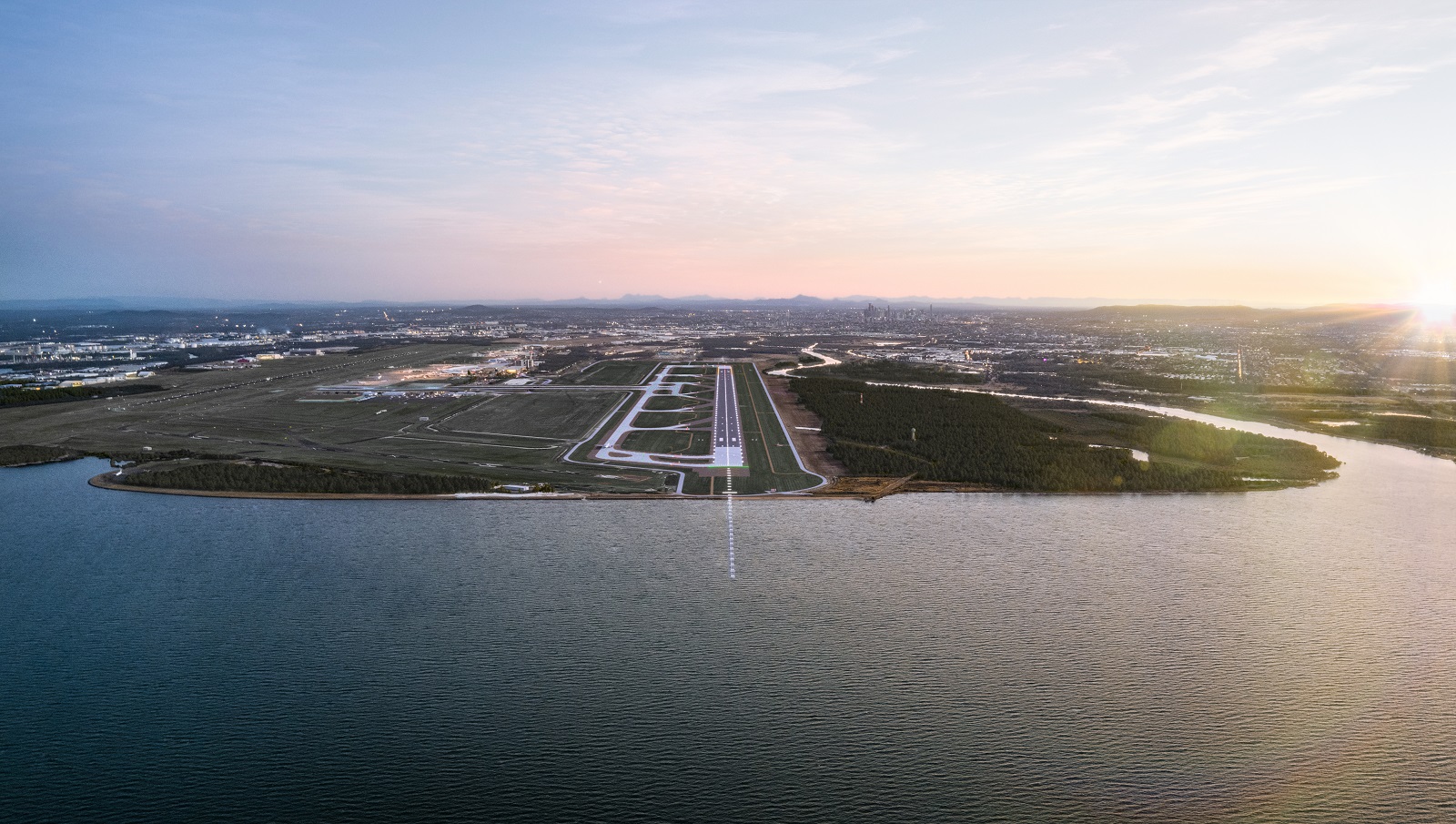jb747
Enthusiast
- Joined
- Mar 9, 2010
- Posts
- 13,521
Hi pilots, there is an article in the NZ Herald about two aborted take offs in a row by the same plane
'We're not crash-test dummies': Kiwi flyer tells of horror aborted takeoffs.
While it is bit hysterical, can you shed any light on whether there is cause for concern about MH's maintenance standards from this?
Cheers
A bit hysterical. That's an understatement. This is an article that is almost totally devoid of facts. Just find the loudest passenger, and talk to them. And only them.
Flight MH145D barrelled down the runway at full throttle but just as the wheels were about to lift off, the pilot slammed on the brakes and the plane came to a juddering halt, a passenger claims.
Which bit did the passenger claim? The entire statement, or just the bit where it stops.
Unlikely. It would have been strongly derated."Full throttle".
No, V1 is going to be appreciably less than V2."As the wheels were about to lift off".
Again no, the brakes are applied automatically by the RTO system."The pilot slammed on the brakes".
Possibly."Juddering halt".
Ah, I'm going to worry about stuff that I just made up."Passenger Serjit Singh, of Red Beach, said as they skidded to a stop he thought another plane was coming into land and thought it was going to crash into them."
"I was in utter shock and disbelief.
Probably.
The exact same issue that was meant to have been fixed was not and the lives of all passengers and crew on board were risked.
Well, as we are never told in the article why the abort happened, I have to wonder if passenger X even knew, or understood. The aircraft aborted twice. Perhaps the cause was the same, perhaps not. But, we don't know. Does he?
Whilst I have never had a double abort, they aren't all that uncommon. Most pilots use something along the lines of "I will abort for any warning or caution up to 100 knots". Once an abort is started, it won't be discontinued. So, abort, come off the runway, and look at the system. If the fault hasn't been latched by the warning and caution system, and the brakes aren't too hot, you may actually be able to legitimately go again. The fault may, or may not recur. Taking it back to maintenance can have the same outcome. It's not bad maintenance. Bloody awful reporting though.















